1. Introduction to FPS
The FPS series of signal and spectrum analyzers have 160MHz analysis bandwidth and support a variety of analog and wireless communication signal analysis. At the same time, the FPS test speed is up to five times the absolute advantage compared with the same level spectrum analyzer. It is a laboratory test and teaching. Ideal for application and production line testing.
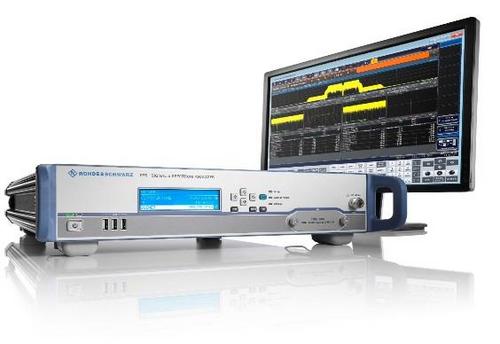
The main parameters:
• Frequency range: 10Hz~4GHz/7GHz/13.6GHz/30GHz/40GHz
• Analysis bandwidth: 28MHz, upgradeable to 40MHz, 160MHz with options
• Test function: support various mobile communication standard signal analysis, including GSM/EDGE, WCDMA, LTE, WLAN, etc.; support general vector signal analysis function, pulse signal analysis function; support IoT series standard test; support the latest 5G signal analysis Wait
• Test accuracy: test uncertainty below 7 GHz is only 0.4 dB
• High sensitivity: The average noise level at 1GHz is only -155dBm (without pre-amplification)
2. Internet of Things test solution
The Internet of Things is an important part of the new generation of information technology and an important stage in the era of "informatization." At present, the application of Internet of Things technology is more and more extensive, and smart homes, shared bicycles, etc. are changing our lives. For the Bluetooth, Zigbee, NB-IoT and traditional mobile communication standard signals commonly used in IoT systems, Rohde & Schwarz's FPS series spectrum analyzers can be tested from the transmitter frequency domain and signal modulation domain. Analysis, providing customers with a complete test solution.
2.1 Bluetooth, Zigbee signal analysis
Bluetooth and Zigbee technologies for short-range wireless communication are widely used in IoT systems. These technologies are used in typical Bluetooth headsets, car Bluetooth, and smart home applications. The Bluetooth technology band is 2400–2483.5 MHz (including the guard band), which is the worldwide 2.4 GHz short-range radio band for industrial, scientific, and medical (ISM) bands that do not require a license (but are not unregulated). Bluetooth uses frequency hopping technology to split the transmitted data into packets and transmit the packets through 79 designated Bluetooth channels, each with a bandwidth of 1 MHz. Different versions of the Bluetooth standard use different modulation methods including FSK, DPSK, and so on.
ZigBee technology is a wireless communication technology used between various electronic devices in a short range and low transmission data rate. The ZigBee name is derived from the communication method used by the bee colony to survive and develop. The bee jumps through ZigZag. The shape of the dance informs the location, distance and direction of the new food source found as the name of the new generation of wireless communication technology. Products using ZigBee technology can provide 250kbit/s (16 channels, 5MHz bandwidth per channel) in the 2.4GHz band, 40kbit/s in the 915MHz band (10 channels, 2MHz bandwidth per channel) and in the 868MHz band A transmission rate of 20 kbit/s (1 channel, 0.6 MHz bandwidth) is provided. Zigbee technology uses different chip rates and modulation modes in different frequency bands. The most widely used Zigbee technology in China is the 2GHz chip rate and OQPSK modulation mode. Modulated signal quality is critical for IoT devices, and excellent modulation signal quality is the basis for proper device operation. In the test, EVM (vector error magnitude) is generally used to measure the quality of the modulated signal. Rohde & Schwarz's FPS series of spectrum analyzers can analyze the modulation quality of Bluetooth and Zigbee signals by loading the FPS-K70 option (general vector signal analysis, built-in Zigbee, Bluetooth, etc.), except for EVM. It can also display various modulation quality parameters such as frequency error, phase error, and DC Offset. The following figure shows the test result reference picture:
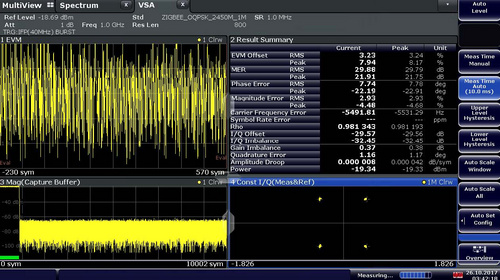
2.2 NB-IoT signal analysis
The narrowband Internet of Things (NB-IoT) technology is based on a cellular mobile communication network and occupies 180KHz bandwidth. It can be directly deployed in GSM networks, UMTS networks, and LTE networks, reducing costs and smoothing upgrades. NB-IoT is an emerging technology in the field of Internet of Things. It is currently widely used, such as shared bicycles and remote meter reading. The NB-IoT uplink and downlink technologies are slightly different. The downlink signals are based on OFDMA technology, and the uplink uses single-carrier technology. At the same time, it is divided into Stand Alone, In-Band and Guard-Band modes according to different deployment modes. Based on FPS-K106 (NB-IoT downlink signal analysis option), the downlink signal of NB-IoT and three different modes can be analyzed and tested. The test results include power, spectrum template, adjacent channel leakage ratio and modulation quality parameters.
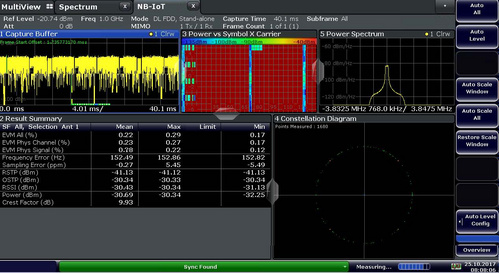
2.3 2G/3G/4G signal analysis
Mobile communication technology originated in the 1980s. From the first generation of mobile communication technology to the fourth generation of mobile communication technology (4G), which has been widely used, it has brought about tremendous changes in human life. At present, many IoT devices also use standard mobile communication technologies as data transmission and control methods, such as vehicle networking and industrial control. Rohde & Schwarz's spectrum analyzers have long been the preferred choice for communication equipment manufacturers (such as ZTE, Huawei) and operators (China Mobile) for mobile communication equipment testing. The FPS series of spectrum analyzers also load options. The method can support the demodulation and analysis of mobile communication signals such as GSM, WCDMA, TD-SCDMA, CDMA2000, FDD-LTE, TDD-LTE, etc., and can test parameters such as EVM and frequency error of signals. Typical test results are as shown in the following figure. Show:
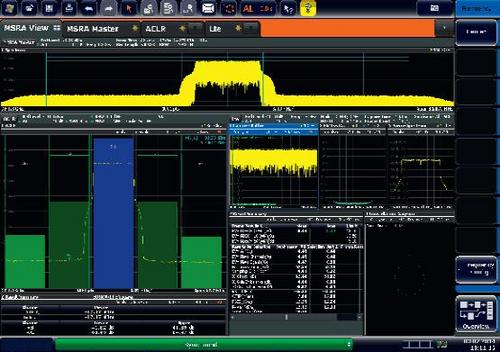
2.4 Transmitter time domain frequency domain test
For the transmitter of the physical network device, in addition to the quality of the modulated signal of different technical standards described above, it is necessary to pay attention to the characteristics of the transmitter in the time domain and the frequency domain. In the time domain, especially for time-domain discontinuous signals, such as Zigbee, it is necessary to observe the characteristics of its period and power in the time domain. The spectrum analyzer FPS can work in the time domain mode as long as the SPAN is set to zero. Analyze and observe the time domain of the signal. In the frequency domain, common transmitter test items include output power, spectrum emission template, adjacent channel power leakage ratio (ACLR), and spurious emission to ensure that the transmitter will not interfere with other devices when deployed in the field. To ensure the reliability and safety of its emission indicators. Rohde & Schwarz's FPS spectrum analyzer supports the test items in the transmitter frequency domain without any options. The following figure takes the ACLR test results as an example:
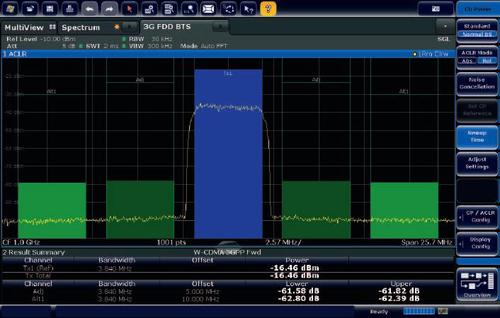
3, 5G test solution
For more complete information, please click: R&S FPS-based wireless communication test solution
Copyright statement: This information belongs to Beijing Ocean Industrial Technology Co., Ltd., if you need to reprint, please indicate the source!
Sanitary Napkins For Night Use
Lady Sanitary Pad,Anion Sanitary Napkins,Women Sanitary Napkin,Eco Friendly Sanitary Napkins
Shandong Tianzige International Trade Co., Ltd , https://www.sdbabydiapers.com